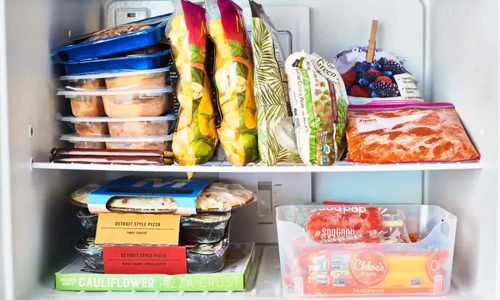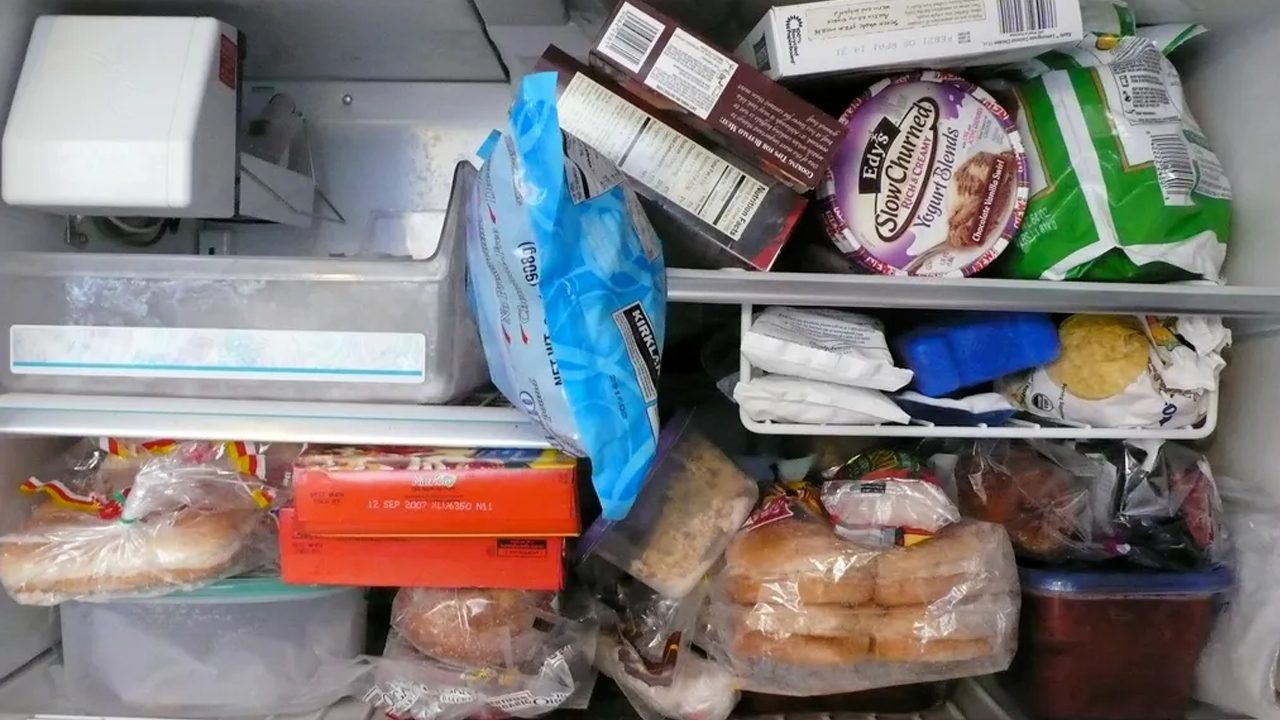The freezer has made life easier and more convenient as people no longer have to worry about the freshness of food, fruits & vegetables. However, are you aware that you can also use the freezer innovations as a tool for cooking or preparing fresh and healthy meals? It would help if you clarified how to Use a Freezer as a Cooking Tool.
You can Utilize your freezer as a cooking tool by prepping and freezing individual meal portions for quick, ready-made options. Preserve bulk-bought ingredients, such as fruits and meats, for extended use. Enhance flavor by freezing homemade stock or broth in convenient portions. Simplify meal preparation with frozen, pre-made dough, and minimize waste by storing leftovers for future use.
This mere-answer approach must have a fact discussion to deliver the appropriate answer. So for that, here is the quick elaboration presented next for the concerned query: Efficient freezer cooking. Let’s explore the details further!
Freezer as a Cooking Companion
The most obvious and prominent role of the freezer is storing food items and increasing their shelf life by keeping them fresh and safe to eat. Apart from this, The same freezers are used as a powerful cooking tool. You have to be aware of the basic tricks and techniques, after which you will save time and reduce the cooking chaos.

A cooking tool does not mean you would start cooking in the freezer. Rather than this, the freezer will help you prep meals, enhance flavor, and keep the foodstuff fresh so that you can immediately use it in your cooking needs. To seek information about the creative usability of freezers as a cooking tool and quick freezing technique, the points of consideration are as follows;
Mastering Meal Prepping
This point for How to Use a Freezer as a Cooking Tool? It relates to saving time by spending hours in the kitchen before the stove. Creative freezer cooking includes Mastering Meal prepping, mainly about bulk food storage and freezing the prepared meals in portions.

When you are done preparing the food in bulk, you are directed to pack the food in small portions. So, a person will take one portion out of the freezer and eat it all the time. Rather than preparing the meal repeatedly, the freezer keeps the prepared food fresh for later use by the people.
In addition, you can also buy fruits, vegetables, meat, etc, in bulk and store them in your freezer and later on use the required amount as your preference at the convenience of your freezer.
Elevating Flavor
The freezer and the cooking catalyst work specifically to enhance the flavors. While storing homemade foodstuff in freezers, you must be free from rotting and running of food flavor because the freezer elements are specially designed to effortlessly retain the original taste of the dishes even after freezing the stuff for hours and days.

Apart from this, cooking with frozen ingredients will also provide the advantage of infusing enhanced flavor into the marinated staff. For instance, if you place marinated food like meat in the freezer overnight, the freezer will do magic and throw a sensational dining experience in terms of taste and texture.
Frozen & Fresh Pre-Made Stuff
The freezer also works as a cooking catalyst for baking and herbs storage.
The herbs are preserved with the help of water and oil as per the consistency that you can use in even out-of-season activities. The freezer keeps these herbs with consistent taste in an effortless manner.
To answer; How to Use a Freezer as a Cooking Tool? The baking game is also elevated through the freezer. When dealing with the pizza crust or the cookie dough, place it in the cold surroundings of the freezer. You will see the results and magic in cooking by yourself as it ignites the flavor to another level.
Practical Tips to Use a Freezer as a Cooking Tool
The Quick freezing techniques and practical tips will be truly appreciated as they further influence and improve the freezer’s efficiency as a cooking tool. In that regard, the person has to ponder some of the most crucial points. Some of the prevalent tips are given next;
- Label and Date – you have to Clearly label items and include the date to track freshness. So that you can use food as per the required time span.
- Quality Containers – For quality assurance in cooking, use airtight, freezer-safe containers to prevent freezer burn and maintain the overall food flavors.
- Follow Freezing Times – You better adhere to recommended freezing times for each type of food to avoid any hustle.
- Safe Thawing – Thaw items gradually in the fridge or use the microwaves defrost setting for thawing.
- Organize and Rotate – Regularly organize the freezer, rotating older items to the front for easy access and to prevent food waste.
How to Utilise a Freezer Tool More Than You Think?
Whenever it comes to frozen meals, you have two choices:
1) What frozen foods are available?
2) What can you add to the refrigerator by yourself?
Although the frozen department of the grocery store offers a lot of questionable items, it also has a lot of wonderful ones.

Frozen vegetables, frozen fruit, frozen meat, frozen potatoes, frozen fish, and vegetable mixtures are readily available and can cut prep time because many are already peeled, chopped, or prepared. We assume that combining both options is where the magic happens.
Uses of Freezer
These are several examples of how freezers may be used to alter food texture and flavor. When considering other methods to utilize the Freezer in comparable situations, keep two (related) impacts on materials in mind: softening and moisture loss. That will help you to decide whether using the Freezer is a smart option.
When contemplating softening, examine whether obtaining a looser, more delicate, and perhaps spongier texture is beneficial. Root vegetables like beets and taro may benefit from the Freezer’s softening effects, as that is the final texture we seek. However, leafy greens, cabbage, or Brussels sprouts would become limp and unpleasant in a stir-fry where the veggies should keep some crispness.
Frequently Asked Questions
Can all foods be successfully frozen?
Not all foods freeze well. While many items can be frozen, some, like lettuce and certain fruits, may experience texture changes. Refer to specific guidelines for each food type.
How long can you store food in the freezer?
Frozen food quality varies, but adequately stored items can last several months to a year. You better label food with the freezing date, use airtight containers and follow recommended storage times for optimal results.
Is it possible to freeze meals with dairy or cream-based sauces?
Yes, but the texture may alter. Undercook the sauce slightly, cool thoroughly before freezing, and use high-quality, airtight containers. Gently reheat and stir to restore texture upon serving.
Final Statement
This is the world of technology, and with time, the cutting-edge technology service in freezers has become highly commendable. For one instance, it has lately been adopted as a cooking tool which benefits the audience to one extent or another. Overall, it depicts the generalized scenario of How to Use a Freezer as a Cooking Tool. We present a comprehensive overview with most of the basic facts in the section above.
For even more thorough guidance about freezer cooking for beginners, seek professional advice.
